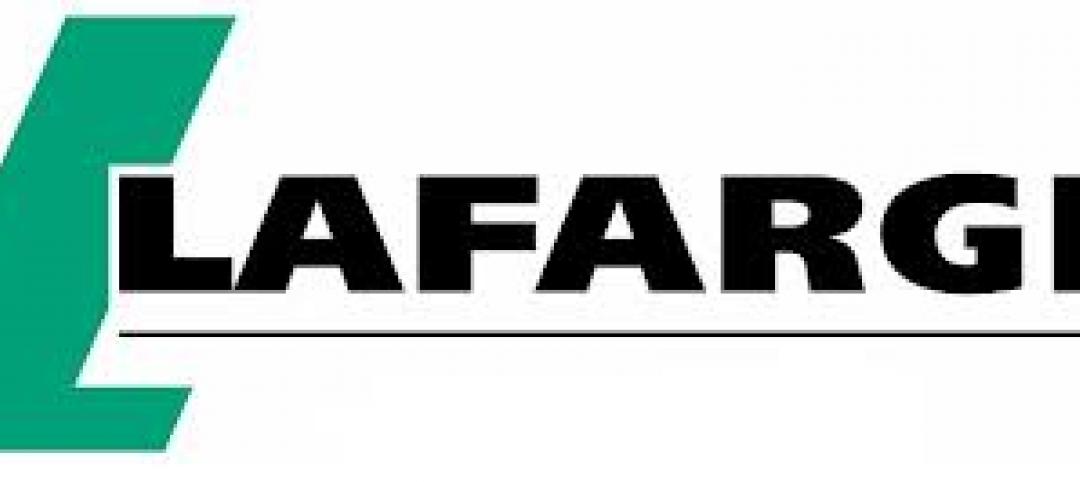In the $90 billion U.S. office construction sector, Class A and Class A+ properties are the darlings of every major metro market. Owners and developers of these amenity-rich, high-performance buildings are competing to lure top-notch companies willing to pay the most lucrative lease rates—and to keep them there long-term.
There’s certainly plenty of money to be made in building and rehabbing Class A office buildings. But what about their less-flashy counterparts, Class B and Class C properties?
A new Urban Land Institute report, researched in partnership with the Rocky Mountain Institute and the Building Owners and Managers Association (BOMA), suggests that there is significant “hidden value” waiting to be unlocked by owners of Class B/C properties—and plenty of work for AEC firms that cater to these segments of the office market.
For myriad reasons, these properties are woefully outdated and in serious need of a tune-up to meet baseline energy efficiency standards. The ULI report found that even the simplest of energy efficiency measures—low- and no-cost tactics such as upgrading general office illumination to LED fixtures, optimizing HVAC schedules and setpoints, performing routine preventative maintenance, and engaging tenants in occupant behavior measures—could net an immediate 15% savings in energy costs.
Larger capital investments—such as improvements to the building envelope and roof system, or installation of high-efficiency building systems, sensors/controls, or solar panels—could slash energy use by 35% or more, with paybacks in the three-year range. “That can reduce a property’s operating expenses by $0.26 to $0.61 per square foot, increase net operating income by 1.9% to 4.3%, and boost property value by approximately $4 to $8 per square foot,” said the authors.
Why haven’t more Class B/C property owners taken steps to improve the energy performance of their buildings? The report pinpoints three primary reasons: limited working capital to pay for project costs, inadequate staff capacity to implement these measures, and a lack of priority versus other business activities.
Furthermore, by successfully instituting a green lease program, owners can recoup a sizable portion of the initial investment, which would further improve the financial outcomes for the property.
If all of this is so elementary, as the report outlines, why haven’t more Class B/C property owners taken steps to improve the energy performance of their buildings? The report pinpoints three primary reasons: limited working capital to pay for project costs, inadequate staff capacity to implement these measures, and a lack of priority versus other business activities.
“Staff working at Class B/C buildings wear multiple hats. Rarely do they have dedicated third-party management or building engineering staff with time to focus on identifying, championing, and implementing energy efficiency efforts,” said the authors.
The report offers a roadmap for getting started.
For a free PDF download of the ULI report, “Unlocking Hidden Value in Class B/C Office Buildings,” visit BDCnetwork.com/ClassBC.
Related Stories
| Nov 6, 2012
Goettsch Partners designs new tower in Shunde, China
200-meter-tall building will be located between Guangzhou and Hong Kong.
| Nov 1, 2012
Greenbuild 2012 Report: Green Architecture Firms
Design firms deliver gold, platinum, even net-zero projects
| Oct 17, 2012
Denver office building makes use of single-component wall system for retrofit
The Building Team selected Centria's Formawall Dimension Series to help achieve the retrofit project's goals of improved aesthetics, sustainability, and energy efficiency.
| Oct 10, 2012
Foster + Partners to Design New 425 Park Avenue Tower
Conceptual designs submitted by Foster, Hadid, Koolhaas and Rogers to be on exhibit during Municipal Art Society’s Annual Symposium
| Oct 5, 2012
2012 Reconstruction Award Bronze Winner: DPR Construction, Phoenix Regional Office, Phoenix, Ariz.
Working with A/E firm SmithGroupJJR, DPR converted a vacant 16,533-sf one-time “adult-themed boutique” in the city’s reemerging Discovery Triangle into a LEED-NC Platinum office, one that is on target to be the first net-zero commercial office building in Arizona.
| Oct 5, 2012
2012 Reconstruction Award Bronze Winner: Walsh Group Training and Conference Center, Chicago, Ill.
With its Building Team partners—architect Solomon Cordwell Buenz, structural engineer CS Associates, and M/E engineer McGuire Engineers—Walsh Construction, acting as its own contractor, turned the former automobile showroom and paperboard package facility into a 93,000-sf showcase of sustainable design and construction.
| Oct 4, 2012
2012 Reconstruction Awards Gold Winner: Rice Fergus Miller Office & Studio, Bremerton, Wash.
Rice Fergus Miller bought a vacant and derelict Sears Auto and converted the 30,000 gsf space into the most energy-efficient commercial building in the Pacific Northwest on a construction budget of around $100/sf.
| Sep 24, 2012
Reed Construction completes Lafarge headquarters in Chicago
Reed Construction was contracted to complete the full third floor build-out which included the construction of new open area work space, private offices, four conference rooms with videoconferencing capabilities and an executive conference boardroom.
| Sep 13, 2012
Margulies Perruzzi Architects completes office design for Pioneer Investments
MPA updated the office design and additional support space consisting of five floors at Pioneer’s Boston office located at 60 State Street.
| Sep 11, 2012
New York City releases first energy benchmarking data for private buildings
City is first in U.S. to disclose private-sector building energy data from a mandatory benchmarking policy.
















